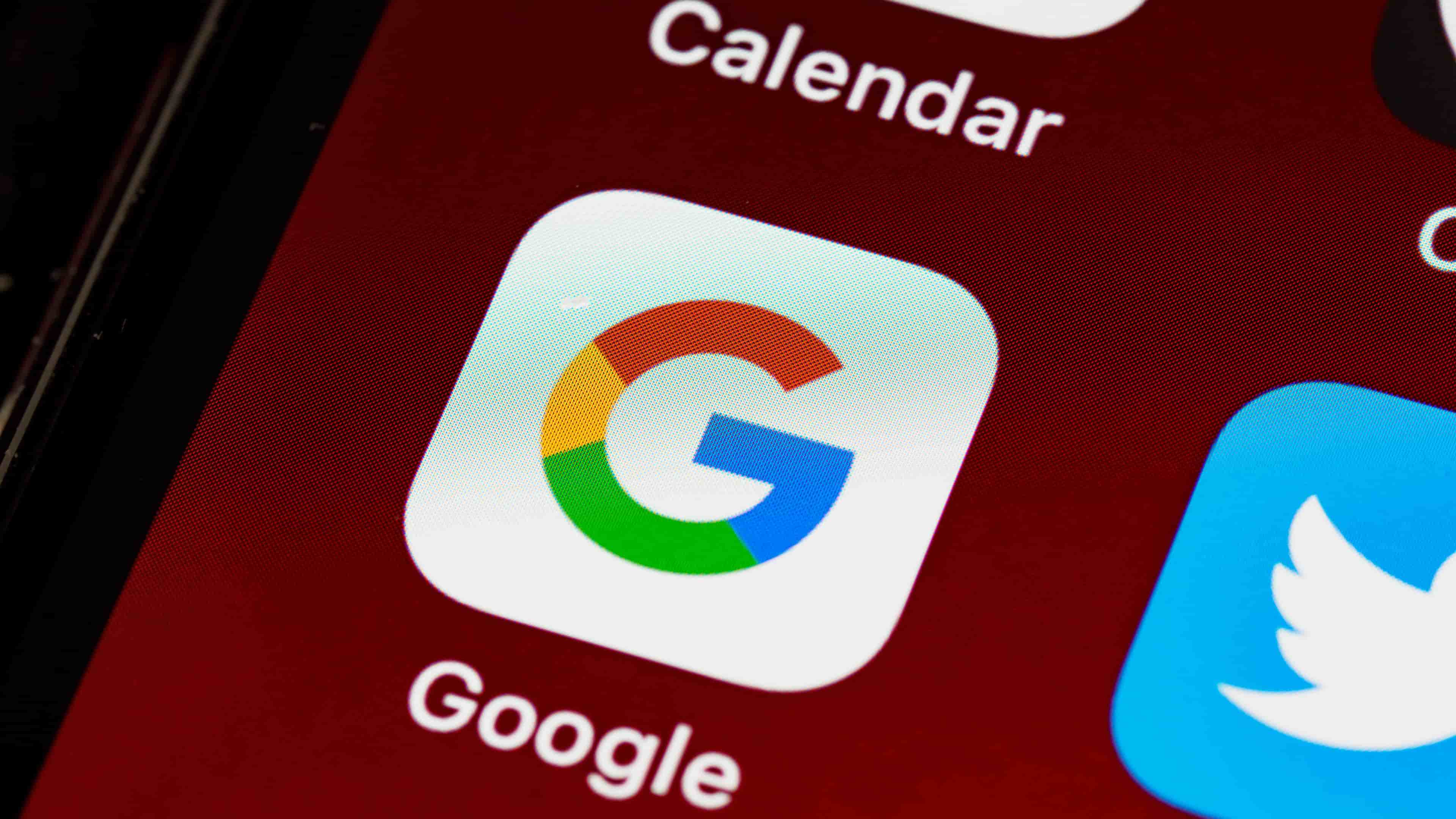With Face ID protection turned on, people who have access to your iPhone like family members won’t be able to open the Google app and gain access to your data.

- What’s happening? Google is working on letting you lock its iOS app via Face ID.
- Why care? This much-needed feature will help strengthen your privacy by ensuring that no one can use the Google app on your unattended iPhone.
- What to do? Download the Google app from the App Store if you don’t have it.
You’ll soon be able to protect the Google app with Face ID
On February 7, 2023, the official Google Keyword blog announced new privacy protections that’ll hit the Google app for iPhone and iPad. “Soon, you’ll be able to set up Face ID to protect the privacy of your Google app so that if someone has your device, they won’t be able to open it and gain access to your data,” it reads.
Currently, you can use the Google app privately by turning on Incognito mode, which works in a similar fashion to Chrome’s Incognito mode. Turning it on will delete the last 15 minutes of saved search history from your Google account.
No activity will be saved to your account with Incognito mode turned on.
How biometric protection works
Incognito mode won’t prevent anyone in possession of your device from opening the Google app and accessing your saved passwords, logins, browsing history and more. But with Face ID protection turned on, a facial scan will be required every time you switch to the Google app. If you don’t have a Face ID iPhone, the feature will fall back to Touch ID or, if you don’t have that, your device passcode.
Google recently updated Chrome for iOS with the ability to protect Incognito tabs with Face ID or Touch ID when switching between apps. This feature is also available in the Google app. To learn more about it, check out our tutorial explaining how to require Face ID authentication for Incognito tabs in Chrome for iOS.